
Preamble:
I’d like to take the time to thank Shozy for sending me the Cygnus earbuds free of charge in exchange for an honest, unbiased opinion.
A group of engineers and designers has worked as OEM developers and producers for audio products, acting in the background, until 2012, when they decided to found a company for audio products for hi-fi enthusiasts under their own name. And that’s how Shozy, a registered trademark of Cozoy International, was born.
Besides electronics, Shozy also offers headphones, including the Cygnus earbuds. The vast majority of earbuds on this planet are (by a very high chance) the models that come with many inexpensive digital audio players or smartphones – the Cygnus earbuds definitely don’t belong to that category, as they are a premium product that is clearly aiming at the market of ambitious audio-oriented customers, which isn’t only obvious by the design but also the price tag although the Cygnus rather falls into the range of the mid-priced earbuds.
Technical Specifications:
http://www.shozy-hk.com/cygnus/
Price: ~ $90
Delivery Content:
The earbuds arrive in a white cardboard box that shows “Cygnus”, “high fidelity earbuds”, the Shozy logo as well as their website URL on the lid. The right hand side shows a Shozy logo, on the left is a barcode with integrated Cygnus logo – sweet! The back side shows what’s included, a picture of the earbuds as well as the features.
Breaking the seal, one will find a spacious white zipped carrying case with Shozy logo. It is black on the inside, has a mesh pocket and contains the Cygnus with pre-installed donut foam covers.
Except for the installed pair of foam covers, one won’t find a replacement pair – at this price point, at least two or three pairs would have been more adequate.




Looks, Feels, Build Quality:
The white earbuds feature Shozy logos and side markers on each body. The earbuds are made of silky matte plastic and feel nice, not cheap. The outer-facing side has two large vents, another vent canal that is typical for earbuds is in the stem which is by the way ergonomically shaped and can be therefore nicely grabbed.
The 3.5 mm connector is said to be imported from Japan, features a Shozy logo, is made of silver CNC-milled aluminium and looks plus feels just super good and excellent. Strain relief is transparent and visually unobtrusive.
The highlight is of course the silver coloured quad-litz braided/twisted cable. It is not just a regular cable but of CIEM quality (not much different to my UERMs’ cable by the way), extremely flexible and features a clear, visually unobtrusive y-split as well as a chin-slider that I am very happy to see.


Comfort, Isolation:
Comfort with Earbuds always depends on one’s ears’ shape. With applied donut foam covers, the earbuds sit nicely and securely in my ears. Without covers they still sit and fit nicely but don’t feel as secure anymore.
There are some microphonics but they are very gentle and much less present than with most in-ears that are worn cable-down. And if you are a freak, you can still insert the earbuds regularly, then guide the cables around the ears and finally use the chin-slider to completely eliminate microphonics.
These are earbuds, so why should I talk about isolation? Without the donut foam covers, there is about no isolation at all. Applying them, there is indeed something that I would consider as
very slight noise isolation.
Sound:
Just in case and as requested by Shozy, the in-ears were burnt in with symphonic music before listening started, although I suspect a greater burn-in effect with headphones.
For listening, I used the LH Labs Geek Out IEM 100, Leckerton UHA-6S.MKII, iBasso DX90 and DX80.
Tonality:


With Donut Foam Covers:
Donut foam covers have a huge advantage over regular foam tips: they create a good seal but because of the hole in the centre, frequencies are blocked out much less, wherefore sound quality is purer.
The Cygnus’ sound is what I’d describe as full, gentle, smooth and dark.
Let’s talk sine generator: the lows’ emphasis starts around 650 Hz, going down to 110 Hz where the climax is being reached. It is kept upright down to 90 Hz and then starts rolling off; there is not too much going on below 60 Hz and although there is still something audible around 35 Hz, the lowest registers are clearly in the background and covered by the midbass and upper bass when listening to music instead of sine sweeps. The sound is quite mature, seems more like out of an in-ear instead of earbuds; lower fundamental range and upper bass (kick-bass) between 100 and 200 Hz are on the fuller side, however without much spillage into the lower mids which are somewhat lifted but not coloured or unnaturally warm. Compared to a strictly flat in-ear like the Etymotic ER-4S, the bass is around 9 dB more present than neutral. It is not overwhelming but gives a good, impactful kick and compensates for low frequency masking when used outside (compared to the UERM, it would be around 6 dB north of neutral).
Vocals are bit more on the darker and smoother side but not really coloured – I would clearly say that they are still very balanced and natural.
Level past 1 kHz is in the background, giving the ‘buds that dark character, and is coming a bit back around 5 kHz but still stays below ground-line. After that, it is more in the background and evenly rolling off above 12 kHz.
Overall tonality is natural, non-obtrusive, smooth and even. No annoying peaks, no steep dips. There is a good weight, warmth and body to low notes, treble is never in the foreground and guarantees for good fatigue-free listening.
Without Covers:
The bass becomes less present (~ 6.5 dB north of neutral compared to the ER-4S, ~ 3.5 compared to the UERM), the treble gains presence, is less in the background, overall still very even, still smoothly in the background but almost flat, with two broad-banded peaks around 6 and 10 kHz in my ears that are however just very slightly above zero. The mids are less dark, more neutral but still unobtrusive and smooth (in a good way).
Personally, I prefer the sound without the donut foam covers – sound is still nicely gentle and smooth but treble gains some more sparkle, the mids are less dark and the bass is less forward. For outdoor use however, I slightly prefer the sound with donut foam covers because of the low frequency masking (so I don’t have to increase the volume to compensate for the reduced/masked lows).
Resolution:
With Donut Foam Covers:
I’m quite positively surprised: I don’t really feel like I’m listening to earbuds but rather nicely open sounding in-ears. Very well done, Shozy.
Bass attack is quite quick with also quite quick decay (for earbud levels), isn’t really soft, has got quite good control and still maintains a quite enjoyable body (that is however rather gently present) – bass quality for earbuds is pretty darn nice.
Midrange and treble resolution are nice, too, although vocals could sound somewhat more intimate and the treble better separated and airier – it sounds a little diffuse. Overall sound is really nice but nothing special yet but hey, these are earbuds and we haven’t tried the sound without foam covers, have we? Let’s move on.
Without Covers:
Bass quality remains about identical, overall clarity and treble separation improve audibly. Now it’s there, that special feeling. Resolution seems improved, single notes and fine details are better distinguishable, everything sounds better separated, clearer. Resolution is slightly below good in-ears in the sub-$100 range but very nice for earbud levels and I don’t really miss much at all.
Soundstage:
With Donut Foam Covers:
Soundstage is airy, with good depth and somewhat better than average width. Instrument placement is good for earbud levels. Instruments aren’t super sharply separated from each other but aren’t too blurry sounding either. Perception of space and depth is good, I don’t notice any congestion.
Without Covers:
Soundstage widens somewhat up and gets more room to breathe. Instruments are somewhat better separated and the whole appearance is airier, more spacious.
---------
In Comparison with other Earphones:
I have to admit that I don’t really have many adequate earbuds to compare, just the DUNU Alpha 1. Models like the Apple EarPods (that I really love for sports) or other lower-tier earbuds in my inventory like the SoundMAGIC EP10, FiiO EM3 or BlackBerry WS-430 just don’t reach Cygnus’ sound quality, refinement and naturalness. So I decided just to compare it with the Alpha 1 and one in-ear.
The comparisons were made without foam covers.
DUNU Alpha 1 (“Balance/Musical” rings):
The Alpha 1 is actually a really nice and special earbud as it follows a hybrid driver layout with large 16 mm dynamic woofer and one BA driver for the mids and highs. Fit is really crucial for good sound – if fit and seal are not sufficient, the treble is quite peaky and not harmonious. Mids are quite forward unless one is using the foam covers.
Out of the two earbuds, the Alpha 1 sounds much more neutral (or thin if you want to say so and don’t like a neutral bass response) and also rather telephonic because of its forward midrange. The Alpha 1 is quite a “love it or hate it” earbud. I really like it but see problems to make it generally recommendable (size, possible fit problems, forward mids). For public use, the Alpha 1 does not have enough bass even in very quiet environment (it’s different with the foam covers but I don’t like the DUNU’s sound with foam covers at all). I used it once outside and then never ever again – it’s an indoor earbud for me.
The Cygnus is much better suited for the masses (well, not really the masses as I highly doubt the average consumer would spend ~ $90 on earbuds) – easy fit, average/small size, no forward midrange, strong and impactful but not overwhelming bass, smooth and non-obtrusive treble and mids.
The Cygnus has the somewhat superior treble extension. Out of the two, the Cygnus also sounds more natural, more harmonious.
When it is about bass speed and control, both are about on-par but the Alpha 1’s fabulous 16 mm driver sounds more detailed and generates a really nice, realistic and tactile body although the lows aren’t forward. Alpha 1’s clarity and minute detail retrieval are somewhat better. Though, Cygnus’ mids sound more realistic and authentic to me. Overall they are not far apart but just different here and there.
Soundstage is slightly wider on the Cygnus’ side, with more spatial width as well. Lateral instrument separation is somewhat cleaner and more precise with the DUNU that sounds less blurry and has more air. Though, in terms of layering, the Cygnus is a bit better.
The Cygnus is the more versatile in-ear out of the two.
Brainwavz M3:
Yeah, I know, earbuds vs. in-ears, “booh!”, “unfair!”. But for the lack of any better earbuds and because I don’t want to bring worse lower-tier ‘buds into the game, I decided to take the M3 as another comparison. It might also be interesting for the people who are interested in how an earbud compares to a more or less similarly priced in-ear.
The M3 has the flatter, less present bass that extends deeper with less roll-off. Mids are about similar with the Cygnus’ sounding a little fuller. Lower treble levels are about similar as well. In the middle highs, the M3 is more relaxed and shows more presence in the upper treble. Except for the Cygnus’ somewhat more present bass, both are tonally actually not far apart.
In terms of resolution, both are actually quite close as well. Bass control is slightly better on the Brainwavz’ side, but by surprisingly just a bit. Both have comparable bass speed (bass details are slightly better on the M3’s side) and midrange as well as treble details are quite comparable, too (the M3 is just slightly more refined in the lower plus upper treble). That should show how good the Cygnus really is. Although the M3 is overall slightly cleaner, the difference is fairly small.
It’s probably in the nature of the earbud that the Cygnus sounds somewhat more open and spacious. Spatial depth is about comparable. Separation and layering are a bit more precise with the M3.
In the end, to my surprise, it is almost a tie. The M3 is just slightly more refined and precise overall. The Cygnus is definitely no average earbud – it is very mature and detailed. The comparison to the M3 (that I find pretty good in the sub $100 range, especially for its balanced fun sounding and spatial depth) has shown that the Cygnus is not joking.


Conclusion:
The Cygnus sounds mature, more like an in-ear than earbuds. It is well tuned and technically good. What do you want more? Sure, for “just earbuds”, the price tag is not small, but the sound and build totally justify it.
The Cygnus doesn’t fully make me an earbud nut as I’d still rather grab similarly priced in-ears in the case of doubt although I like the open, easy-going character of earbuds, and this one is a really really nice sounding model with stunning build, cable and good, airy, plus precise sound. There is nothing really to complain about except for probably just one included pair of donut tips (of these I bet many people will prefer over the cover-less sound).
The Shozy Cygnus is definitely not joking at all. It is a serious earbud that can compete quite well with similarly priced in-ears.
With my usual 70% sound/price (85/100) to 30% build/fit/accessories (99/100) weighting, the Cygnus scores 4.46 out of 5 possible stars.










][/color])
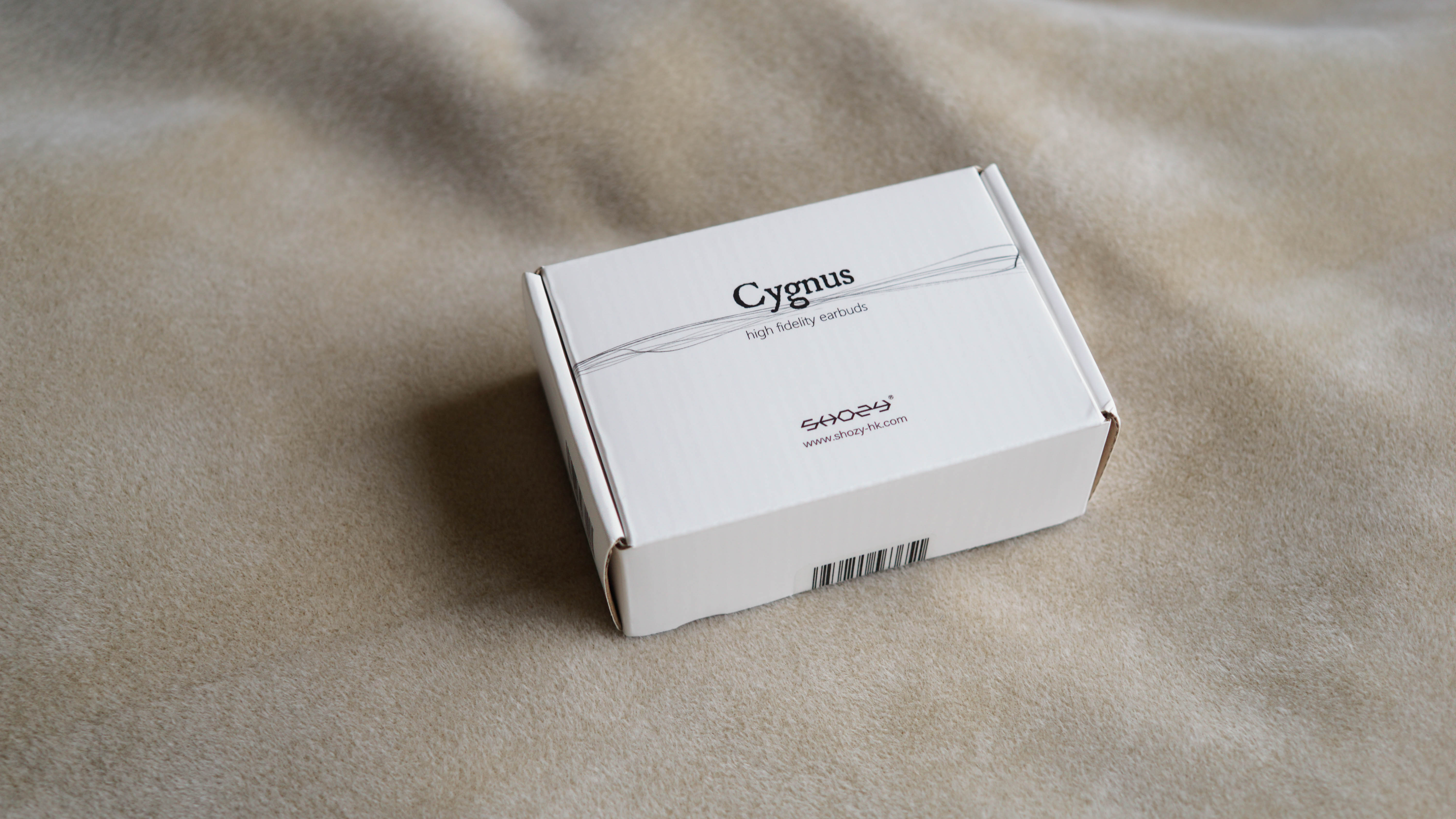
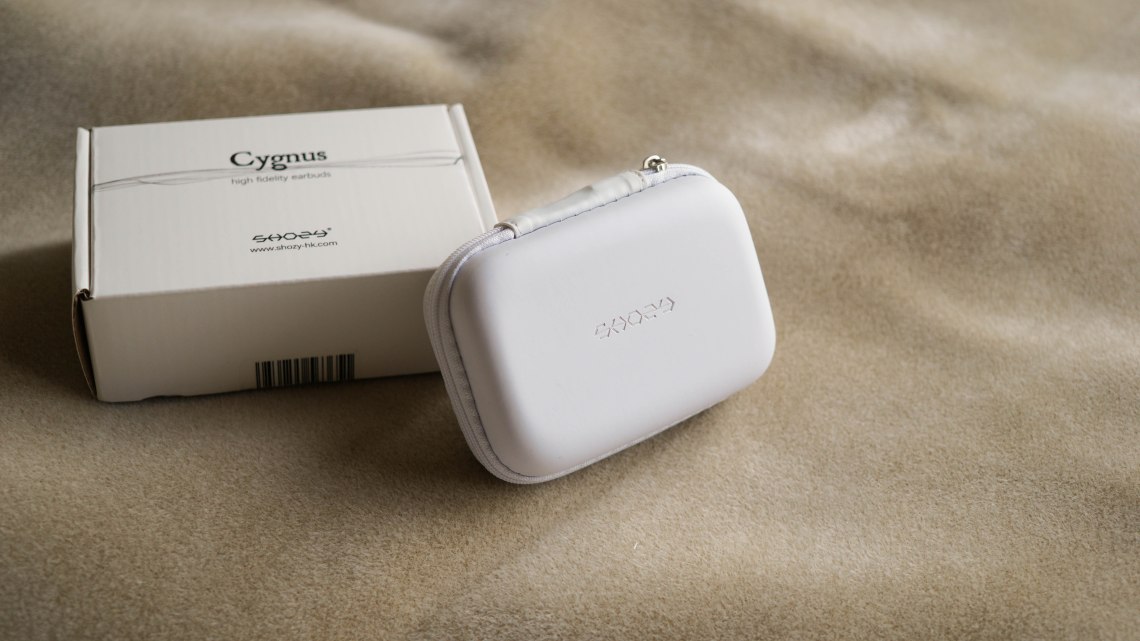
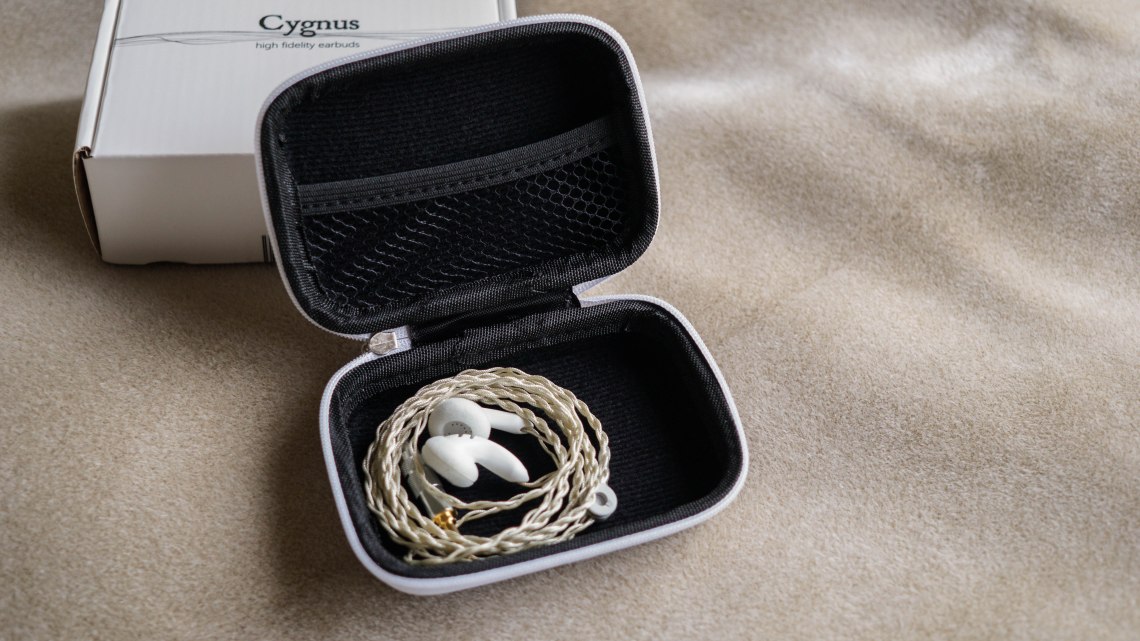
][/color])
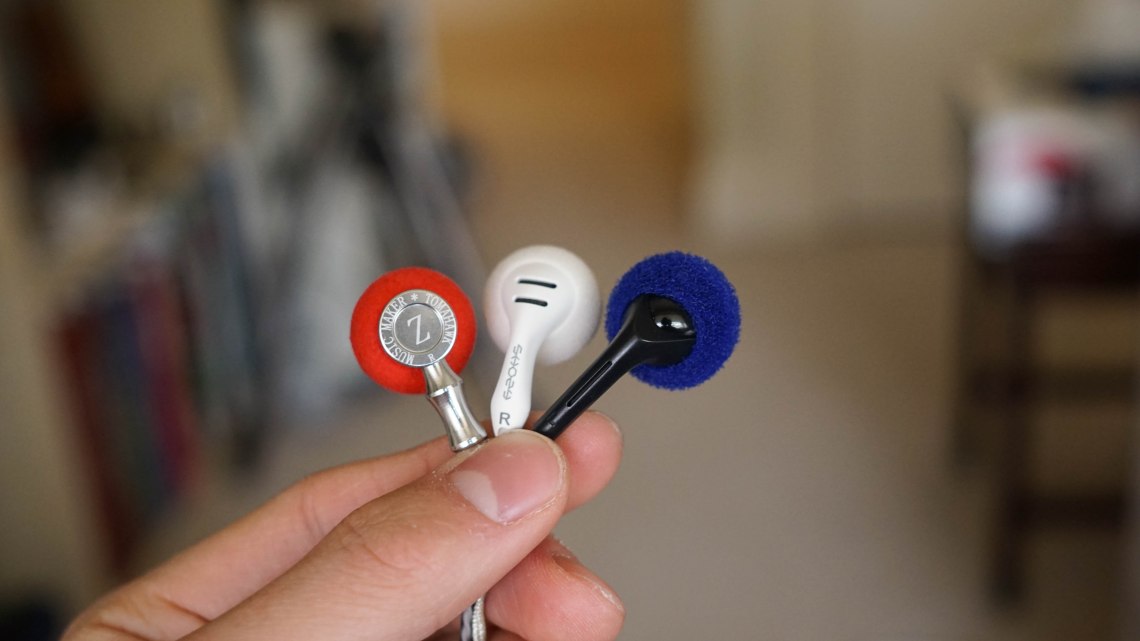







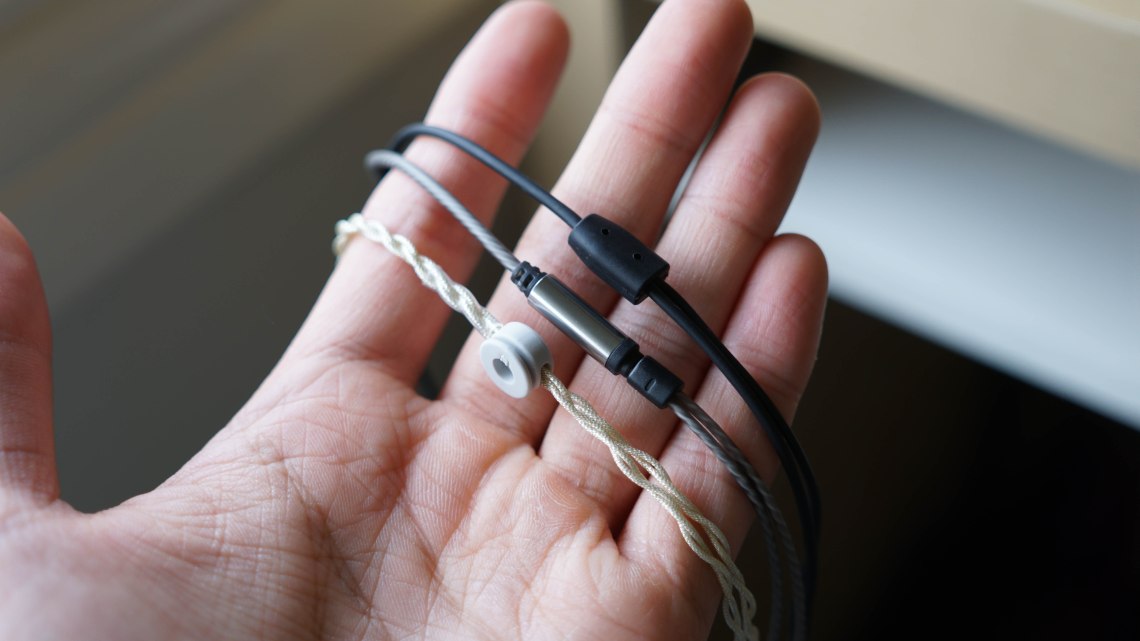

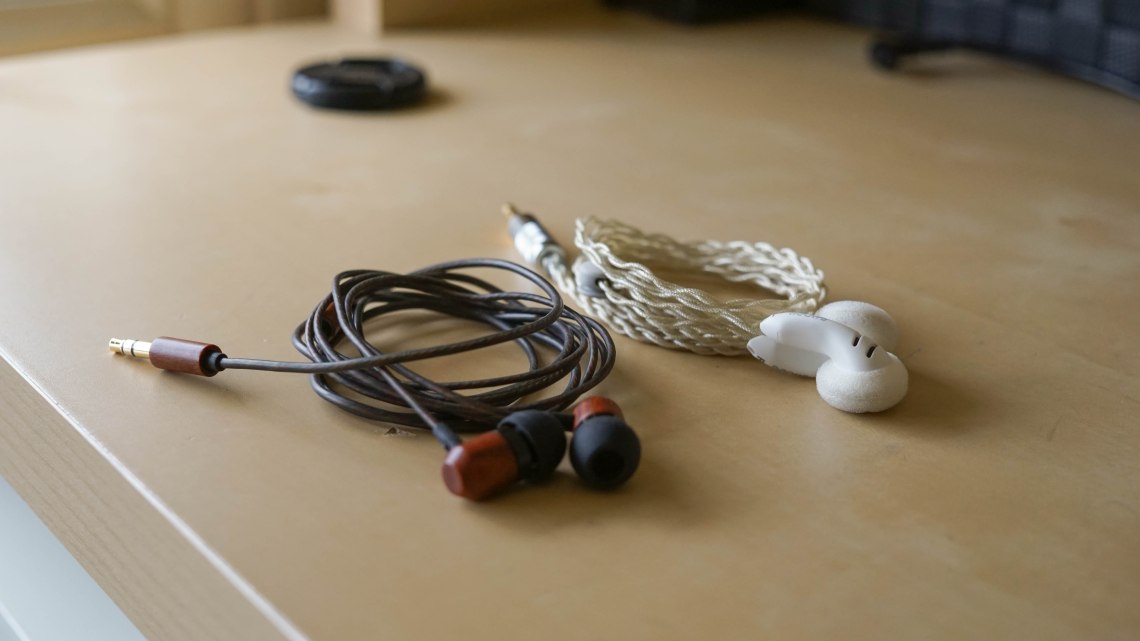
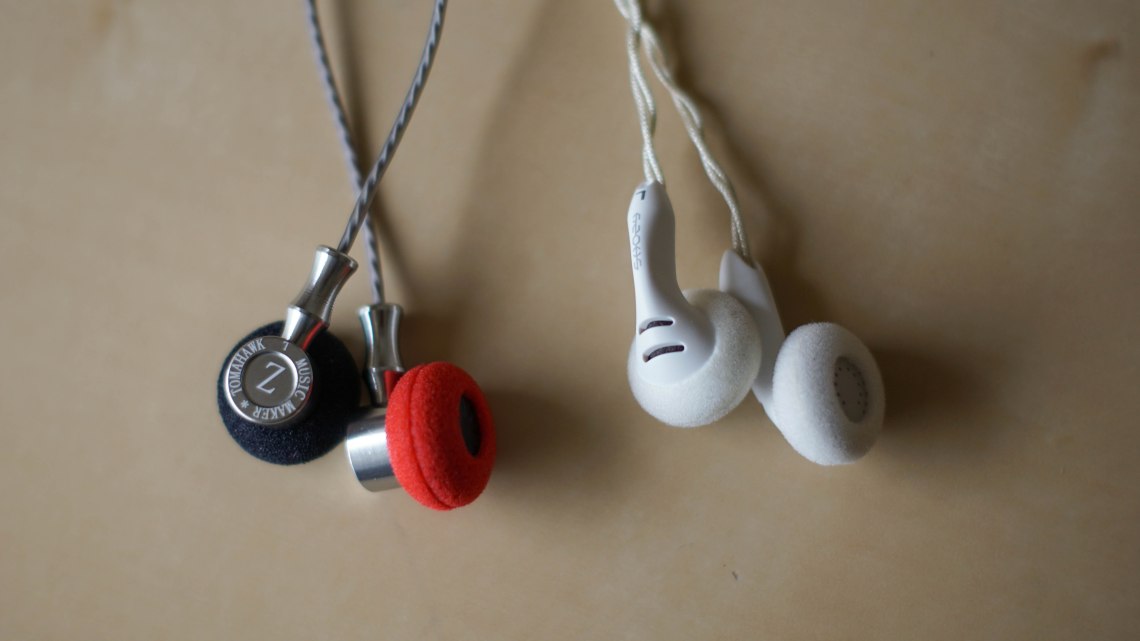



















 and now I got recruited to write articles for Headphone Premium Guide Magazine, Korea. Very excited to start my English reviews, on head-fi.org alongside with my English blog. As a disclaimer, my review will always be short, blunt, no beating around the bush, no exaggeration, truthful, and most importantly, easily comprehendible.
and now I got recruited to write articles for Headphone Premium Guide Magazine, Korea. Very excited to start my English reviews, on head-fi.org alongside with my English blog. As a disclaimer, my review will always be short, blunt, no beating around the bush, no exaggeration, truthful, and most importantly, easily comprehendible. 









